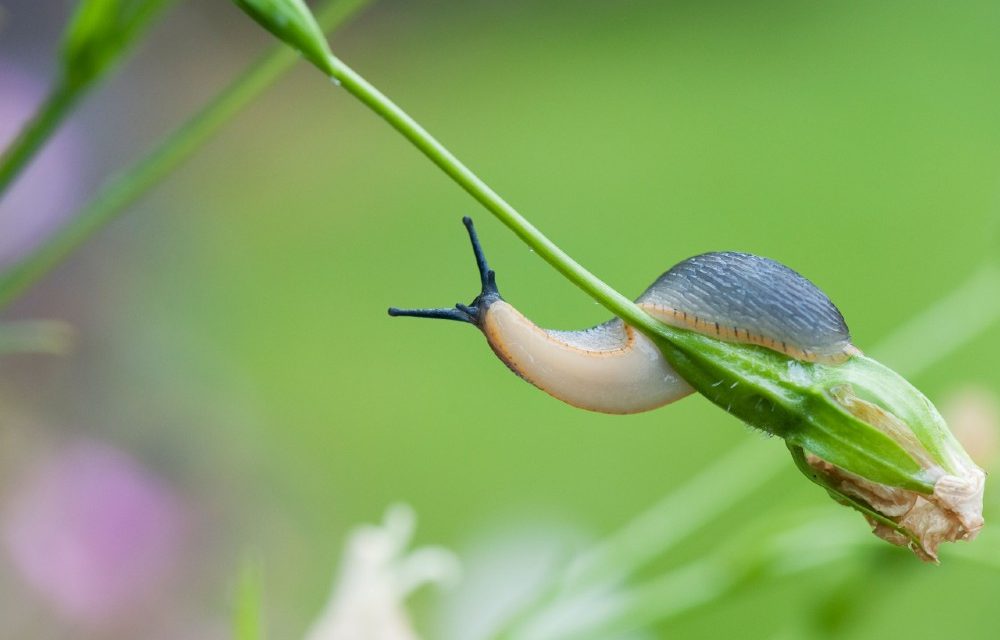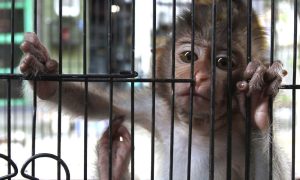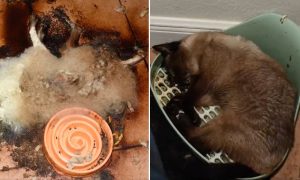Spring is almost here, and if you’re a gardener you know that means – so are the slugs.
The soft-bodied invertebrates have for years topped the charts of the Royal Horticultural Society (RHS), the UK’s leading garden charity, as “pests” who chew holes through leaves, devour young plants and seedlings, or are unwelcome for the trails of slime they leave as they slowly meander through garden beds.
But the RHS recently acknowledged that slugs and snails actually play several important ecological roles – and they’re now working to change people’s perceptions of the critters as well.
Slugs are nature’s recyclers, who clear out dead and decaying plant matter and even algae on greenhouses. They also provide food for other animals out and about, including birds, frogs, and hedgehogs, said RHS Principal Entomologist Andrew Salisbury.
Salisbury added that the RHS also will no longer classify other garden guests– including aphids, lady bugs, wasps or caterpillars – as “pests.”
“Instead, there will be greater consideration of and focus on the role that slugs, aphids, and caterpillars play in a balanced garden ecosystem, along with more popular wildlife or animals such as birds, hedgehogs, and frogs,” he told The Guardian.
Many of those animals listed already have their own natural control cycle. Earwigs, though feared by some, reduce aphids. Wasps, who only sting in self-defense, also eat flies, aphids, and caterpillars, as would local birds looking to scrounge up a spring-time meal.
“We are never going to eliminate slugs, aphids, caterpillars, and other plant-munching invertebrates from our gardens,” Salisbury said. “Our plots are all the more lively and valuable because of them. Amid the climate and biodiversity emergencies, now is the time to gracefully accept, even actively encourage, more of this life into our gardens.”
One tip to humanely keep slugs and snails out of your garden this year is to use mulch around your plants, or coffee grinds if you’re a coffee drinker, as the caffeine repels slugs while the grounds add rich nutrients to the soil for your other plants.
You can also erect a barrier around your garden bed, using ready-made slug fences or copper wire mesh, or individually protect plants with a wide variety of affordable garden cloches, available at garden stores or online.
For those who want to welcome other native wildlife to their properties, adding a bird feeder or a small pond for frogs will also introduce natural slug predators.
Alternatively, planting a “sacrificial bed” of plants that slugs love to eat – if large enough – likely will keep them happily munching away from prized plants and blooms. Lettuce, cabbage, strawberry fruits, pepper plants, zucchini, beans, radish, spinach, marigolds, larkspur and dandelions all are beloved by slugs.
Companion planting also is a humane way to eliminate or reduce other unwelcome visitors. Marigolds are fantastic and affordable repellers of aphids, for instance, while also adding a pop of color to your planted beds. Multiple online resources share information about what veggies, fruits, and flowers can be companion planted together for optimum results.
So happy researching for a more humane garden this year – and happy spring! 🙂







